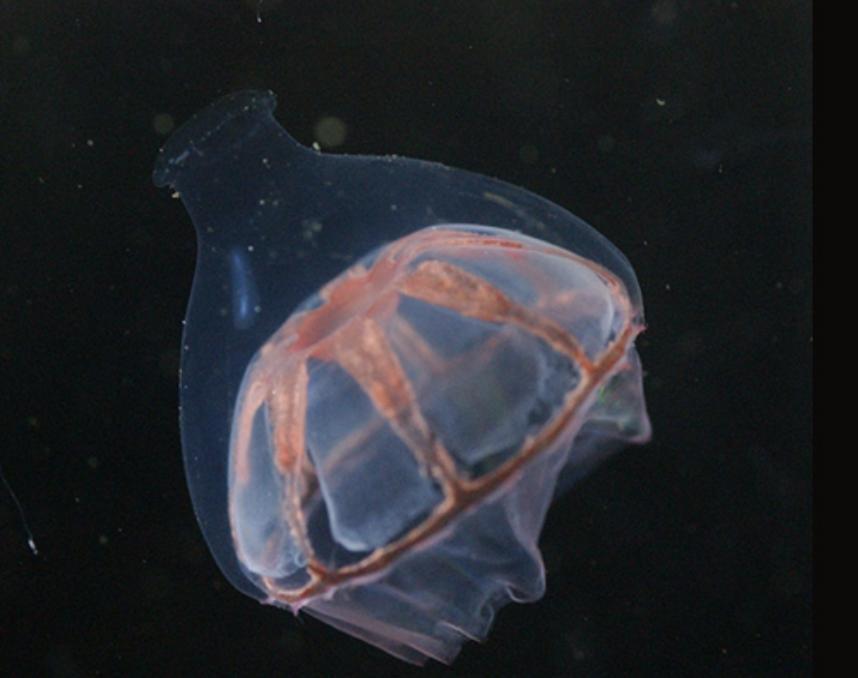
Mysterious Line Found in Ocean that Some Jellyfish Won’t Cross
Deep in the North Atlantic Drift, a mysterious phenomenon has been discovered that is leaving scientists scratching their heads. A “semi-permeable faunal boundary” has been found, dividing two forms of Botrynema brucei ellinorae jellyfish. What’s even more intriguing is that both forms are genetically similar, with the only difference being the presence or absence of a hood knob.
Researchers from the University of Western Australia (UWA) have been studying the distribution of these jellyfish and have made a groundbreaking discovery. The team found that the jellyfish with the hood knob are able to thrive in warmer southern waters, while those without the knob are restricted to colder Arctic regions.
So, what’s behind this mysterious divide? And why do these jellyfish seem to have a preference for one side of the ocean over the other?
The Discovery
The research team, led by Dr. Emily May, was studying the distribution of Botrynema brucei ellinorae jellyfish in the North Atlantic Drift. They were surprised to find that the jellyfish were not evenly distributed throughout the region, but instead seemed to be clustered in certain areas.
Upon closer inspection, the team noticed that the jellyfish with the hood knob were found in the warmer waters of the southern region, while those without the knob were found in the colder waters of the Arctic.
The Hood Knob: A Protective Mechanism?
The researchers believe that the hood knob may offer protection from predators, allowing the jellyfish with the knob to move and survive in warmer waters. In contrast, the knob-less jellyfish may be more vulnerable to predators and therefore restricted to the colder waters.
“This is a fascinating discovery that reveals a previously unknown aspect of jellyfish behavior,” said Dr. May. “The presence or absence of the hood knob seems to be a key factor in determining the distribution of these jellyfish.”
A Semi-Permeable Faunal Boundary
The team has dubbed this phenomenon a “semi-permeable faunal boundary,” which refers to the fact that the boundary is not completely impermeable, but rather allows certain species to pass through while restricting others.
“This is a unique feature of the ocean that has not been seen before,” said Dr. May. “It’s a reminder of the complexity and diversity of marine ecosystems.”
Implications for Ocean Conservation
The discovery of this mysterious line in the ocean has significant implications for ocean conservation. It highlights the importance of protecting marine ecosystems and preserving the delicate balance of species in the ocean.
“It’s a reminder that even in the most remote and seemingly inhospitable environments, there is still much to be discovered and protected,” said Dr. May.
Conclusion
The discovery of the mysterious line in the ocean that some jellyfish won’t cross is a fascinating reminder of the complexity and diversity of marine ecosystems. The presence or absence of the hood knob seems to be a key factor in determining the distribution of these jellyfish, and the implications for ocean conservation are significant.
As scientists continue to study this phenomenon, we may learn more about the intricate relationships between species and the delicate balance of marine ecosystems. For now, the discovery of this mysterious line in the ocean is a reminder of the importance of preserving the beauty and diversity of our planet’s oceans.
Source:






